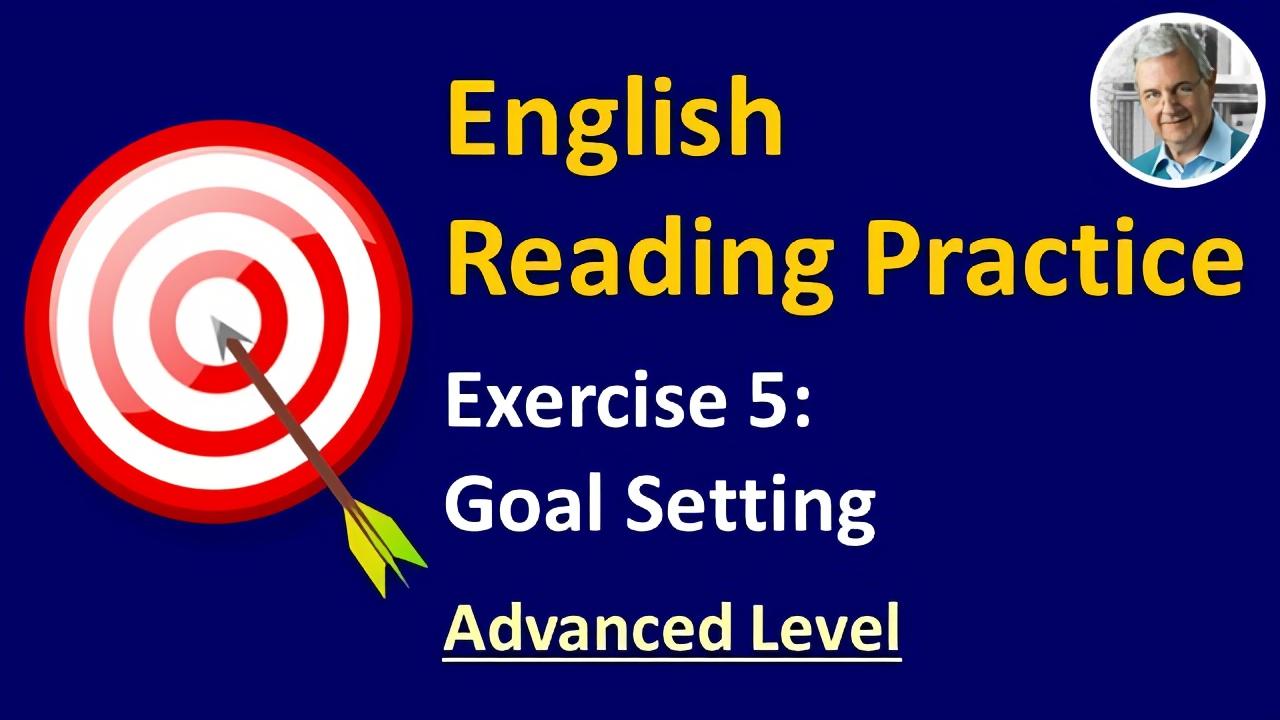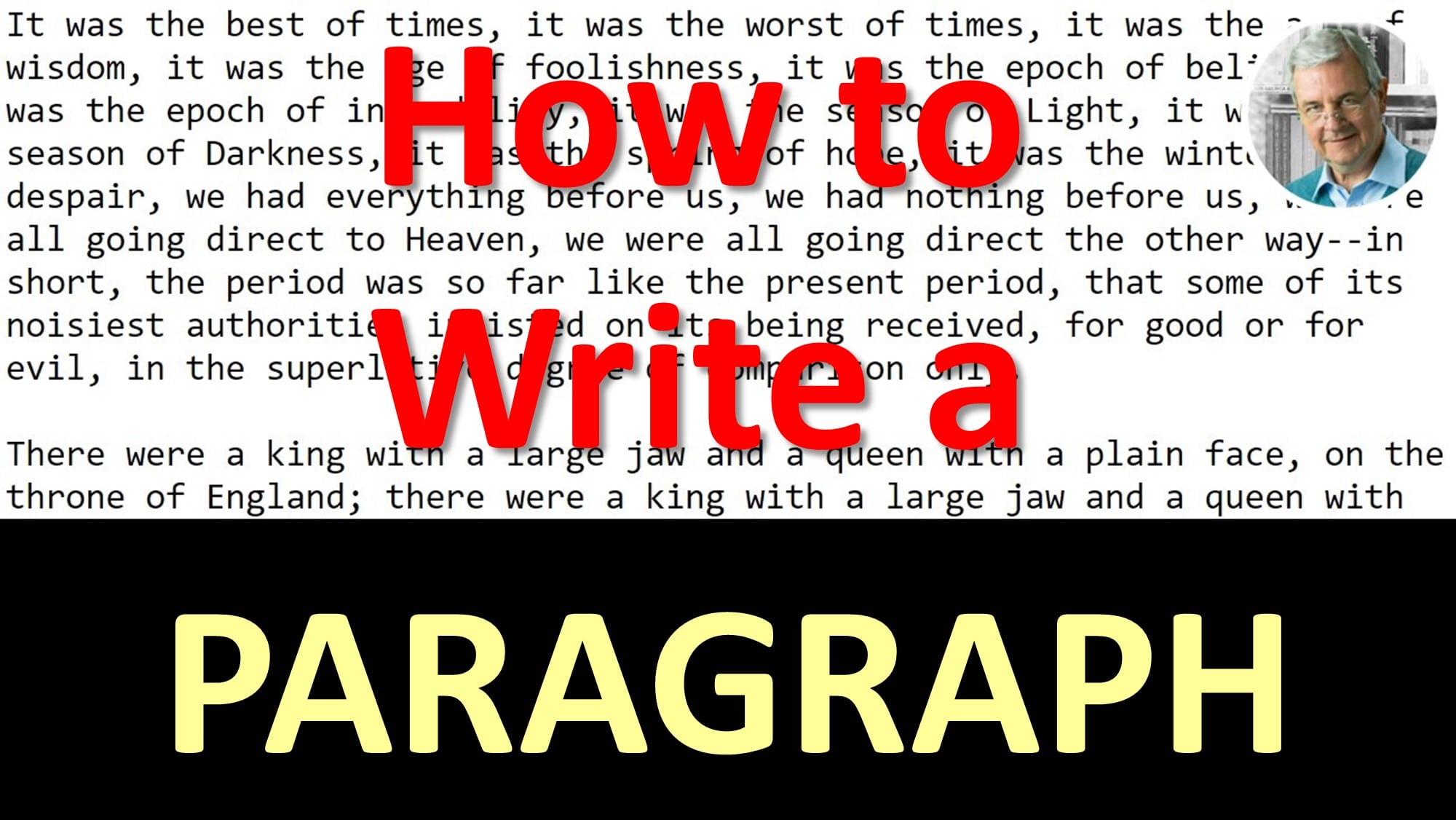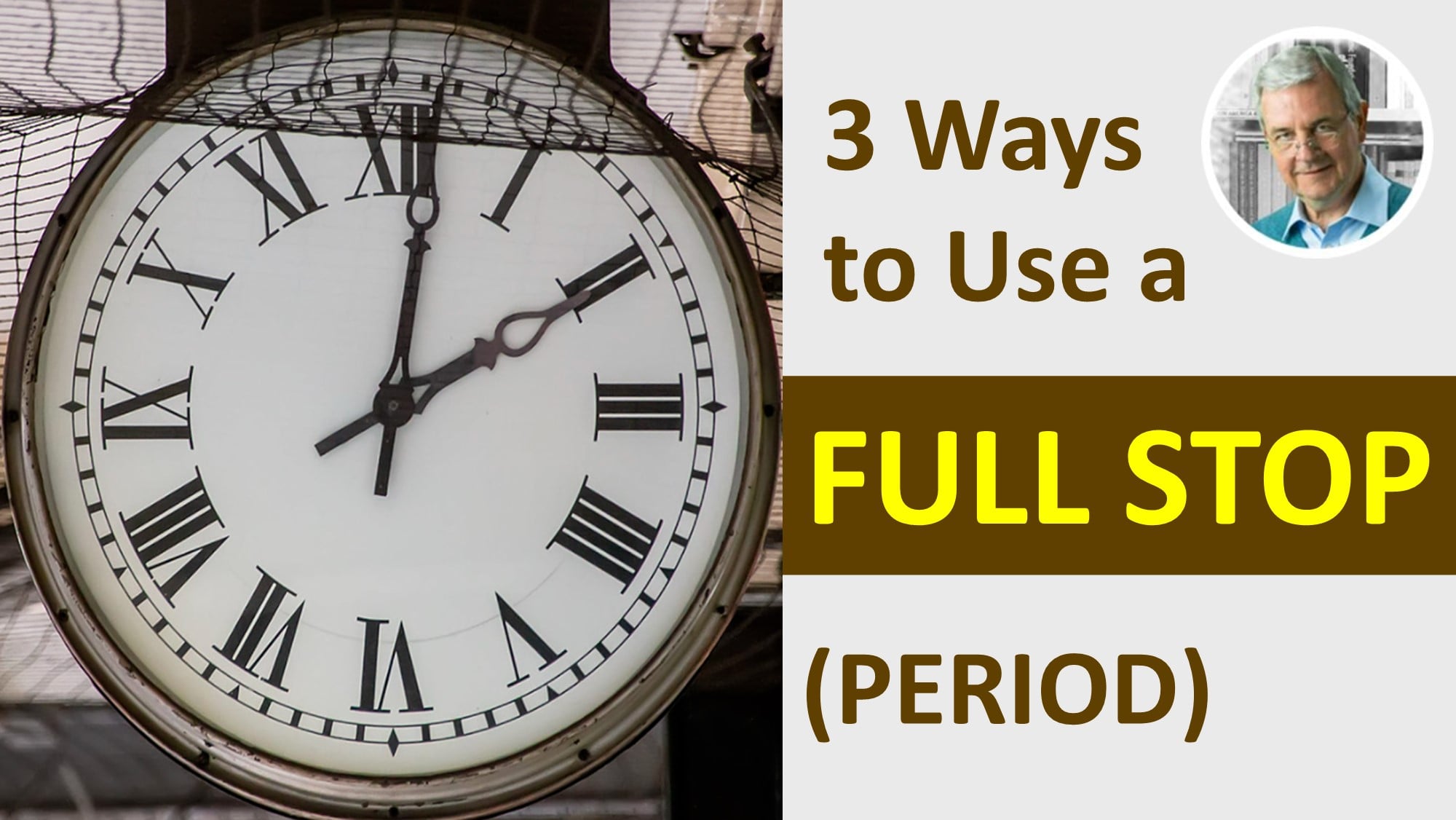When to Use an AMPERSAND & – 4 Guidelines
When to Use an AMPERSAND & – 4 Guidelines
This video simplifies grammar questions relating to the question of when to use an ampersand symbol by boiling it down to 2 main rules with some extra guidelines.
Illustrated examples are provided along with clipart images to make the meaning clear.
Improve your writing and make your written communication professional by learning how to use an ampersand correctly.
After seeing the video, look for opportunities today to use an ampersand clearly in your writing.
Here is a transcript of the video: When to Use an AMPERSAND
Slide 2:
The ampersand symbol represents the conjunction ‘and’.
The word ‘and’ in Latin is ‘et’. The modern ampersand symbol is actually from a ligature of the Latin ‘et’.
Note: the word ‘ampersand’ is a contraction of the phrase ‘and per se and’. Per se means ‘by itself’ so the phrase translates as ‘the character & by itself and’.
Slide 3:
How to use an ampersand?
A general rule for ampersand use is:
Don’t use it in business or formal writing as a substitute for ‘and’! See following exceptions.
Use it, but be careful not to overuse it in informal writing, or in abbreviated text as when sending an SMS message or brief email.
Slide 4:
Using ampersand in formal or business writing . . .
Slide 5:
1. In proper nouns like company names, e.g., M&M’s or Ben & Jerry’s
Note: Where the company name itself is an abbreviation, as in the case of M&M’s (Mars & Murrie), there is no space either side of the ampersand.
Slide 6:
2. In titles of creative works such as movies, novels, songs, e.g., the 2008 comedy-drama starring Owen Wilson and Jennifer Aniston – Marley & Me
Slide 7:
3. In citations where there is more than one author, e.g. Keune, O. & Frants, V.
Slide 8:
4. In common shorthand, or when writing rapidly, e.g., “rock & roll”, “R&B”, “country & western”
Slide 9:
So to summarize,
How do you use an ampersand?
Don’t use it in formal or business writing merely as a substitute for ‘and’.
It can be used in company names, titles, citations, and shorthand.
Use it sparingly in informal writing.
Slide 10:
Has this video helped you? Hit LIKE now!
Slide 11:
Continually IMPROVE YOUR ENGLISH by subscribing to this channel.
Hit the subscribe button . . .
Slide 12:
Click the bell icon and choose All to be notified when there are new videos!
Slide 13:
Build A Powerful English Vocabulary with my FREE course on Udemy!
Go to: http://goodenglish.online
As you are interested in the question, When to use an AMPERSAND, be sure to check another entry in The Punctuation Guide:
When to Use QUESTION MARKS
Image Credits:
Slide 2 – et
Free Use
https://commons.wikimedia.org/wiki/File:Etlig.svg
Slide 5 – M&M’s
Creative Commons
https://flic.kr/p/nrv5kS
Ben & Jerry’s
https://flic.kr/p/9yeFCU
Slide 6 – Marley & Me
Fair Use
https://en.wikipedia.org/wiki/File:MarleyPoster.jpg
Regarding the use of illustrations and photographs used in this video:
Creative Commons Attribution Licence
Others are allowed to copy, distribute, display, and perform copyrighted work – and derivative works based upon it if they give credit to the creator or source.
https://creativecommons.org/licenses/by/4.0/legalcode
Fair Use
Section 107 of the Copyright Act provides the statutory framework for determining whether something is a fair use and identifies certain types of uses—such as criticism, comment, news reporting, teaching, scholarship, and research—as examples of activities that may qualify as fair use.
https://copyright.gov/fair-use/more-info.html
Royalty Free
The image may be used for almost any business, personal, educational or charitable purpose as long as a credit is published to the creator of the image.




